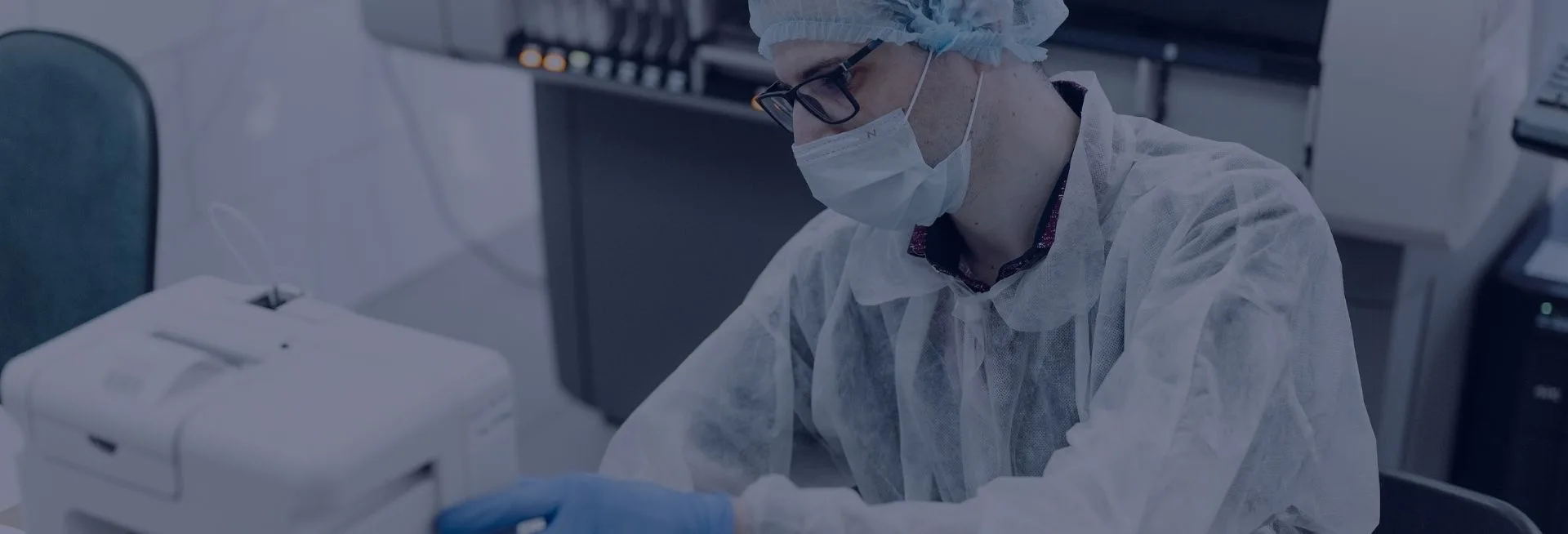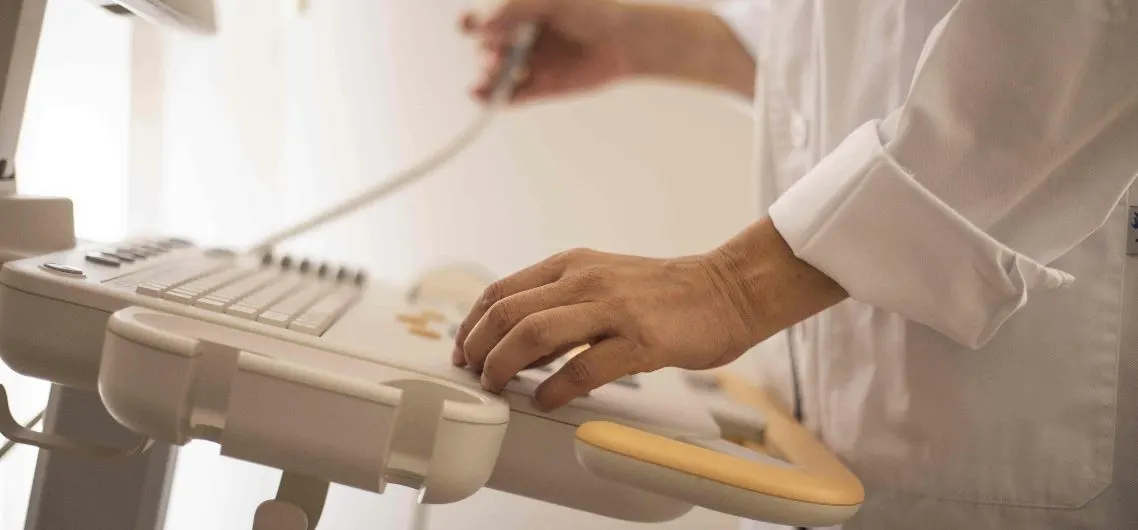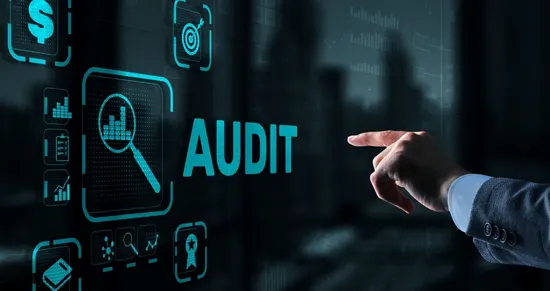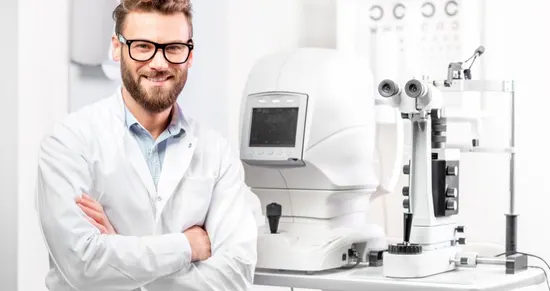Introduction
In the highly regulated and critical field of medical device development, robust risk management is more than a regulatory checkbox. It’s a foundational element that ensures patient safety, product reliability, and long-term business success. For a medical device to be truly effective, it must function as intended and protect the health and safety of patients and users across its entire lifecycle.
This is where medical device risk management plays a crucial role. By proactively identifying and addressing potential hazards, manufacturers can minimize risks before they reach users. With deep industry expertise, Maven supports manufacturers in establishing comprehensive risk systems aligned with ISO 14971 risk management for medical devices, helping them meet safety expectations and global compliance standards at every stage of development.
Significance of Risk Management in Medical Devices
The importance of potent risk management strategies in medical device development cannot be overstated. Medical devices connect directly with the human body, making any malfunction potentially life-threatening. The World Health Organization (WHO) states that more than two million medical devices are available globally. As devices grow more complex, the potential for hazards increases, making proactive risk management vital.
According to the National Library of Medicine, more than 54.5% of device recalls were linked to product design issues that could have been avoided with effective health and safety risk assessment protocols. These numbers highlight why structured safety risk management for medical devices is not just good practice; it’s essential for saving lives and safeguarding the company’s reputation.
Understanding Risk Management in Medical Devices
So, what exactly is risk management in this context? It’s the systematic application of policies, procedures, and practices to identify, evaluate, and control risks throughout the device lifecycle. The process is guided globally by ISO 14971, the internationally recognized standard for medical device risk management.
A strong risk management system ensures that:
- Hazards are consistently identified.
- Risks are analyzed with precision.
- Controls are put in place to minimize harm.
- All actions are documented for accountability and improvement.
Unlike many compliance checklists, risk management is continuous and must be updated with new information or when product design changes.
Essential Elements of a Risk Management System
For manufacturers, a good risk management system is built on a few key components:
- Policy: A clear framework for what risk levels are acceptable.
- Accountability: Assigned responsibilities across departments.
- Processes: Defined steps for hazard identification and risk assessment.
- Training: Teams must receive proper medical device risk management training.
- Documentation: Proper records ensure traceability and audit readiness.
- Feedback: Mechanisms for learning from post-market surveillance and user feedback.
Maven assists companies in building and maintaining these systems efficiently, ensuring they meet both practical and regulatory expectations.
Stages of the Risk Management Process
Risk management is not a one-time task. It’s an ongoing process consisting of several interrelated stages:
Identifying Risks
Every process begins with identifying where potential harm could occur. This step, also known as hazard identification and risk assessment, includes evaluating physical hazards, electrical issues, software bugs, use errors, and even packaging failures. For instance, a diagnostic device could produce incorrect readings due to sensor calibration errors, posing a serious health risk.
Analyzing Risks
Once risks are identified, manufacturers must perform medical device risk analysis. This step estimates the probability of the risk occurring and the intensity of its impact on users. This analysis helps prioritize which issues to tackle first. A minor display malfunction might be low risk, while incorrect dosage delivery in an infusion pump could be life-threatening.
Evaluating Risks
After analysis, risks must be evaluated to determine whether they’re within acceptable thresholds. These thresholds are often based on ISO 14971 risk management for medical devices guidelines. If a risk is deemed unacceptable, it moves to the next phase, control.
Risk Mitigation and Control
This is where manufacturers act to reduce risks to acceptable levels. Common risk mitigation methods include design changes, additional safety features, software alerts, user manuals, or protective housing. Maven helps clients identify the most efficient and effective control options without disrupting production timelines.
Continuous Risk Monitoring
Risk management process doesn’t end with product launch. Devices must be monitored continuously through real-world data, user feedback, and reported incidents. Tools such as post-market surveillance and complaint systems are essential for spotting new hazards. Regulatory agencies like the FDA and the European Medicines Agency (EMA) also mandate ongoing reporting of adverse events.
Establishing a Risk Management System for Medical Devices
For many companies, the challenge isn’t just understanding risk management; it’s knowing how to implement it. Maven provides end-to-end support in building a compliant and practical framework that integrates seamlessly with your existing quality systems.
Key Steps to Implement a Risk Management Framework
Implementing a structured and effective risk management framework is crucial for ensuring that safety and compliance are maintained throughout the medical device lifecycle. Below are the key steps that manufacturers should follow to build a robust system:
- Set Risk Policy: Define acceptable levels of risk and tolerance thresholds.
- Assign Risk Owners: Identify personnel responsible for each risk process.
- Create a Plan: Every device should have a formal risk management plan customized to its design and use case.
- Provide Training: Regular medical device risk management training ensures staff are updated with the latest protocols.
- Integrate Tools: Use risk management software to streamline documentation and analysis.
- Review Regularly: Continuously update the risk management framework to reflect new data, evolving regulations, and advancements in technology.
Conducting Risk Assessments for Medical Devices
A risk assessment for medical devices is essential at multiple stages, including product design, before regulatory submission, and when post-market issues arise. These assessments help organizations make informed decisions and avoid costly errors or recalls.
Procedure for Performing a Risk Assessment
Below is a step-by-step procedure that ensures consistency, compliance, and clarity throughout the assessment process:
- Define Objectives: Establish the scope and purpose of the assessment.
- Gather Data: Pull historical data, test results, user scenarios, and known issues.
- Perform Hazard Analysis: Look at what can go wrong and why.
- Estimate Risk Severity and Probability: Use tools like risk matrices or Failure Modes and Effects Analysis (FMEA).
- Apply Controls: Plan and implement risk reduction strategies.
- Validate and Verify: Ensure controls are functioning and risks are reduced as expected.
- Document Everything: Keep a thorough record for auditors and regulators.
Final Thoughts
With medical devices advancing rapidly, the responsibility of manufacturers to maintain device safety is greater than ever. Risk management is no longer optional; it’s a core part of modern product development. Poorly managed risks can lead to patient harm, reputational damage, and regulatory penalties.
Manufacturers can achieve compliance and improve product quality and user trust by implementing a thorough, standards-aligned risk system. Maven stands at the forefront of this mission, helping you implement world-class medical device risk management systems, streamline risk mitigation, and reduce development uncertainty. With the help of Maven, take the decisive step towards delivering safer, more reliable medical devices.
References
1. Medical devices
2. Characterization of US Food and Drug Administration Class I Recalls from 2018 to 2022 for Moderate- and High-Risk Medical Devices: A Cross-Sectional Study
3. What we do






